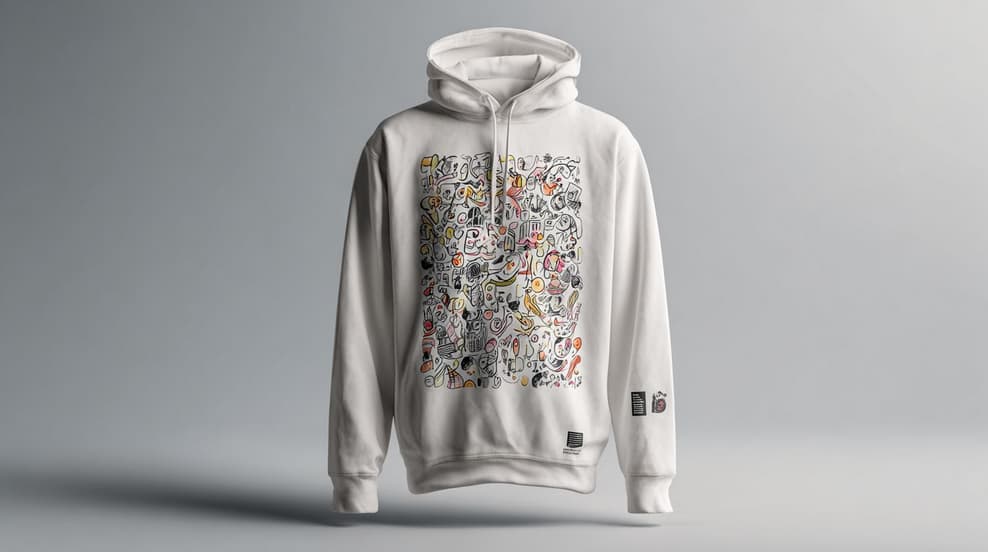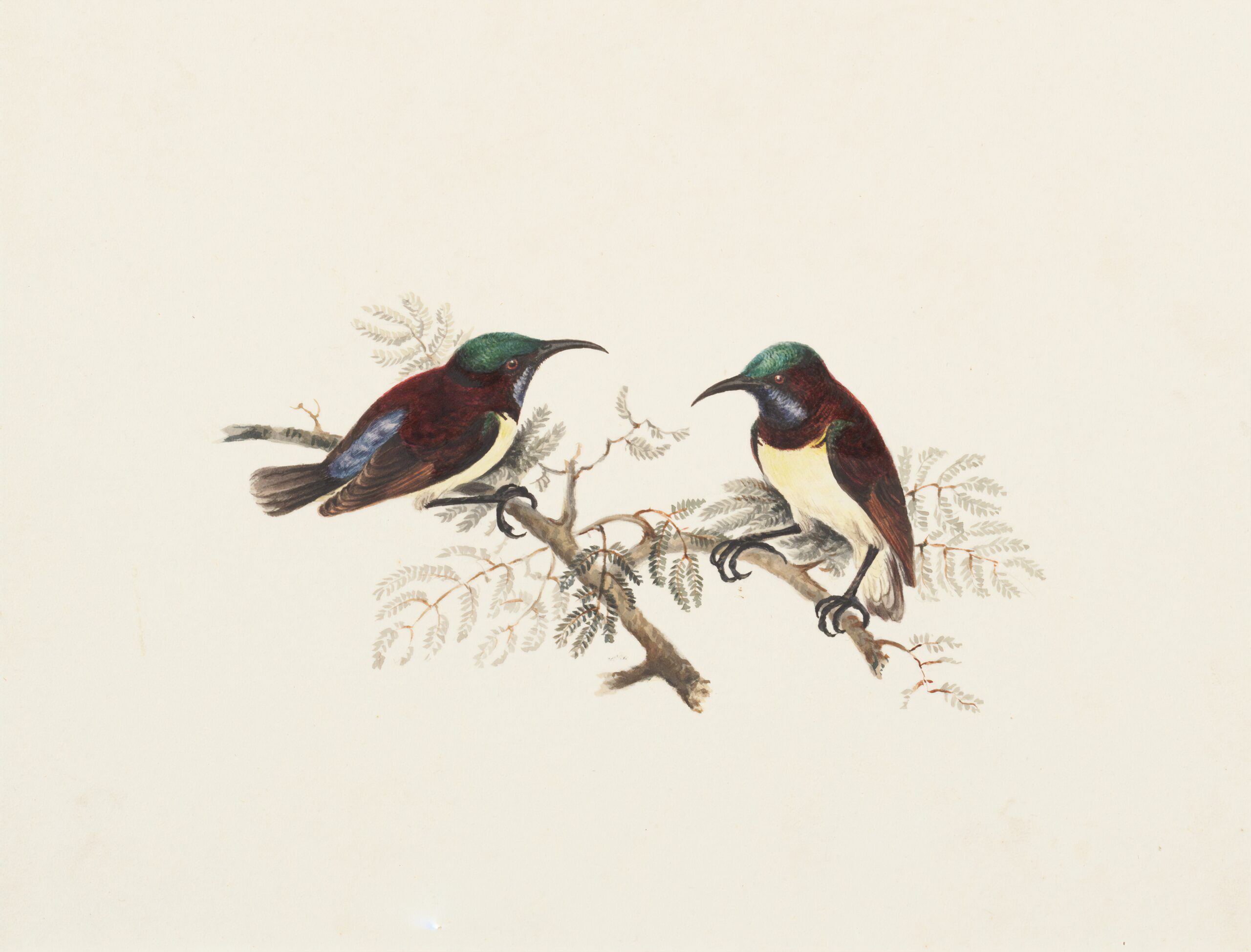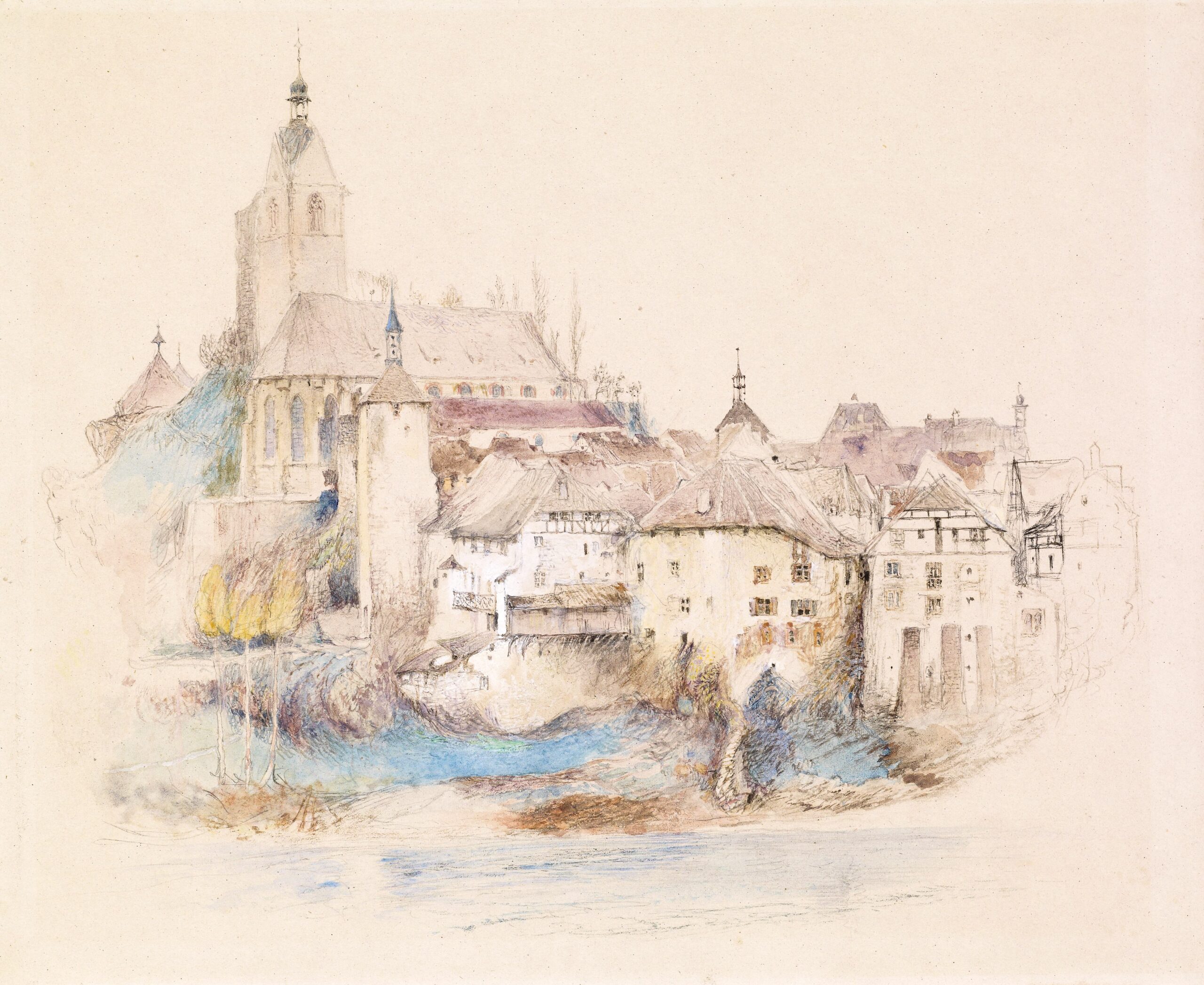Illustration has always been about more than ink on paper or color on screen. It’s about storytelling, emotion, and connection. Whether you’re a seasoned digital illustrator or someone just starting to explore the magic of line and form, your art has the potential to do more than just exist — it can live in the world around you.
The rise of print-on-demand platforms, digital marketplaces, and personalization tools has opened a new frontier: functional art. From tote bags and T-shirts to phone cases and home décor, illustrators today are transforming their ideas into items people wear, use, and cherish.
So the big question is no longer if you should turn your illustrations into products — it’s how, when, and what to focus on.
Let’s break it down.
1. Start with a Style That’s Distinctly Yours
Before you even think about printing, product design, or setting up an online shop, revisit your style. Ask yourself:
- What makes your work instantly recognizable?
- Is there a recurring character, theme, or motif?
- Do your illustrations evoke a particular emotion or aesthetic?
Your visual voice is your strongest asset. In a marketplace saturated with art, the most successful illustrators are those who can own their style. Whether it’s dreamy ink washes, bold vector graphics, or whimsical characters, consistency creates connection.
Remember: illustration isn’t just about talent. It’s about branding.
2. Think Functionally: Design for the Medium, Not Just the Message
Translating an illustration from a flat page to a wearable product requires a shift in mindset. Not every drawing will look good on a hoodie, just as not every piece will translate well to a mug or a wall tapestry.

When designing with products in mind:
- Simplify your palette for textile-based items to avoid clashing or oversaturation.
- Leave margin space for trimming or wrapping when designing for physical objects.
- Test scaling: how does your art look as a small sticker vs. a large tote bag?
One strategy is to illustrate with modularity in mind. Break your illustration into layers or components that can be repurposed. A single character illustration, for example, could become a standalone T-shirt print, an enamel pin, and a phone wallpaper — all from one original design.
3. Timing Matters: When Should You Go Physical?
If you’re wondering whether you’re “ready” to start offering products, ask yourself:
- Do I have at least 5–10 polished pieces that feel cohesive?
- Have I received interest from followers or friends asking for merch?
- Do I understand the basics of shipping, fulfillment, or digital storefronts?
There’s no perfect moment — but there is a right time: when you feel confident in your art and consistent in your output.
If you’re still building your portfolio, focus on honing your skills and growing your audience. But if your DMs are full of people asking, “Do you sell prints?” — the time is now.
4. Pick Your Platform Wisely
There are countless platforms available to bring your art into the physical realm:
- Print-on-demand sites like Redbubble, Society6, or TeePublic handle printing and shipping for you.
- Etsy or Gumroad allow more control over product types and pricing.
- Specialized services like Personalized.Design help artists offer customizable items — allowing customers to insert names, colors, or personal messages into your artwork.
Choosing a platform depends on your goals. If you want simplicity and minimal risk, POD sites are great. If you crave customization and branding, platforms like Personalized.Design offer more flexibility for illustration-focused entrepreneurs.
5. Don’t Skip Mockups and Presentation
The difference between a product that sells and one that gets ignored often lies in the presentation. Use high-quality mockups that show your artwork in action. This helps potential buyers imagine owning the product — and makes your online store look more professional.

Tips for better product presentation:
- Use lifestyle mockups with natural lighting.
- Show scale and context (e.g., your tote bag over someone’s shoulder, not just flat).
- Use minimal but elegant typography for product descriptions.
Your illustration might be stunning — but your buyers also want to know how it fits into their lives.
6. Diversify but Don’t Dilute
You don’t need to offer 50 products right away. Start with a few core items that make sense for your art style and audience. For example:
- If your illustrations are intricate and colorful, art prints or puzzles may be your sweet spot.
- If your art is minimal and cute, stickers or pins might be ideal.
- If your fans love storytelling, notebooks or zines are a powerful format.
Once you find what works, build outward. Diversify slowly, based on what resonates — and always protect your creative identity.
7. Pricing, Licensing, and Making It Sustainable
One of the most intimidating aspects of productizing your illustration is pricing. Here’s a rough framework:
- Digital prints: Low overhead, high margin — usually $5–$25.
- Physical prints or apparel: Factor in base cost, shipping, fees, and your time. Aim for 30–50% profit.
- Custom commissions or personalized items: Premium pricing due to time and exclusivity.
And don’t forget to protect your work. Whether you’re licensing your designs for others to use or selling directly, always include:
- Copyright notices on your site and files
- Clear licensing terms for digital downloads
- A watermark or small signature on mockups (not too obtrusive!)
8. Create a Feedback Loop
Launching products isn’t the finish line — it’s the starting point for evolving your illustration practice. Use your store and social channels as a feedback loop:
- What do customers respond to most?
- Which products get shared or tagged the most?
- Are there color palettes, themes, or characters that repeatedly perform well?
The best illustrators treat every product as an experiment. Track what works, refine your approach, and let your audience guide your evolution.
Conclusion: Let Your Art Travel
Illustration is no longer confined to paper or pixels. In today’s world, it can wrap a journal, decorate a workspace, become someone’s favorite hoodie — even turn into a cherished gift. Turning your art into practical, beautiful products is more than a monetization strategy — it’s a way to make your work part of people’s everyday lives.
So whether you’re building your first print collection, exploring platforms like Personalized.Design, or dreaming of your own brand someday, remember this: your art deserves to be seen, touched, worn, and loved.
Let it travel.



